Write clear, concise text everyone can understand
Good writing skills are essential in many different careers. Whether it is writing an email, a report, a letter or an article, all writing should be clearly understood by the reader.
Whether you are dashing off a quick email to your workmates or preparing a complex business report, your writing needs to be clear, concise, and correctly spelt and structured. During this course you will learn the fundamentals of correct and efficient writing.
It has been designed for
- people who wish to brush up on their writing skills
- those wanting to obtain basic skills which they should have but did not develop properly while at school.
- anybody wanting to develop confidence and ability to write better at work, at home, or practically anywhere
This course will support your learn to:
- write clearly and efficiently
- communicate thoughts in the minimum number of words, and without any ambiguity
If this sounds like skills you need to develop then enrol now and see your writing increase in efficiency and effectiveness!
Lesson Structure
There are 6 lessons in this course:
-
Introduction
-
Scope of writing -where is writing used
-
What is effective writing
-
Good writing is direct
-
Good writing is objective
-
Variety is good in writing
-
Understanding human communication
-
The communication process
-
Types of communication (verbal, non verbal, etc)
-
Communication channels
-
Communicating efficiently
-
Writing for a purpose
-
Understand your reader
-
Content
-
Basic Writing Skills
-
Parts of speech
-
Types of nouns -proper, common, collective
-
Plurals
-
Possessive nouns and pronouns
-
Types of verbs: regular, irregular etc.
-
Adjectives, adverbs, prepositions, conjunctions
-
Common grammatical errors: comma splices, fragmented sentences, dangling modifiers, etc
-
Sentence construction
-
Types of sentence: declarative, interrogative, exclamatory, etc
-
Sentence structure
-
Constructing sentences
-
Combining sentences
-
Expanding basic sentences
-
Adding modifying words, phrases or clauses.
-
Linking words or phrases
-
Clear Wording
-
Introduction
-
Common causes of confusion: homophones, malopropropisms, etc
-
Ambiguity
-
Making meanings clear: Illustrative context, glossing, etc
-
Informative language
-
Persuasive language
-
Imaginative language
-
Other types of language: colloquial, formal, informal, etc
-
Simplicity
-
Building a paragraph
-
General guidelines for effective writing
-
Concise Wording
-
Conciseness
-
Circumlocution
-
Condensing your writing
-
Common problems contributing to lack of conciseness
-
Active and passive voice
-
Condensing text: how to Precis
-
Punctuation and Accuracy
-
Punctuation purpose
-
Semi colon, colon, dash, comma
-
Spelling
-
American or English spelling?
-
Planning what you write
-
Business formats
-
Business letters
-
Planning what you write
-
Writing a media release
-
Writing an answer or an essay
-
Academic writing, verbs, quotations
-
Unpack the question
-
Research
-
Referencing
Aims
-
Define the nature and scope of writing.
-
Discuss the way written sentences and paragraphs are properly structured.
-
Develop an increased capacity to write clearly.
-
Develop improved conciseness in writing.
-
Develop improved punctuation skills.
-
Apply basic writing skills more efficiently in a range of situations.
TAKE THE NEXT STEP AND ENROL NOW!
Improve and develop your writing skills for work or personal use!
Writing skills are essential to develop your career! Start learning today.
You can enrol on the course now, but if you have any questions about the content of the course or studying with ACS, then please get in touch with us today - use our FREE COURSE COUNSELLING SERVICE to get in touch with our expert tutors. They will be pleased to help you!
